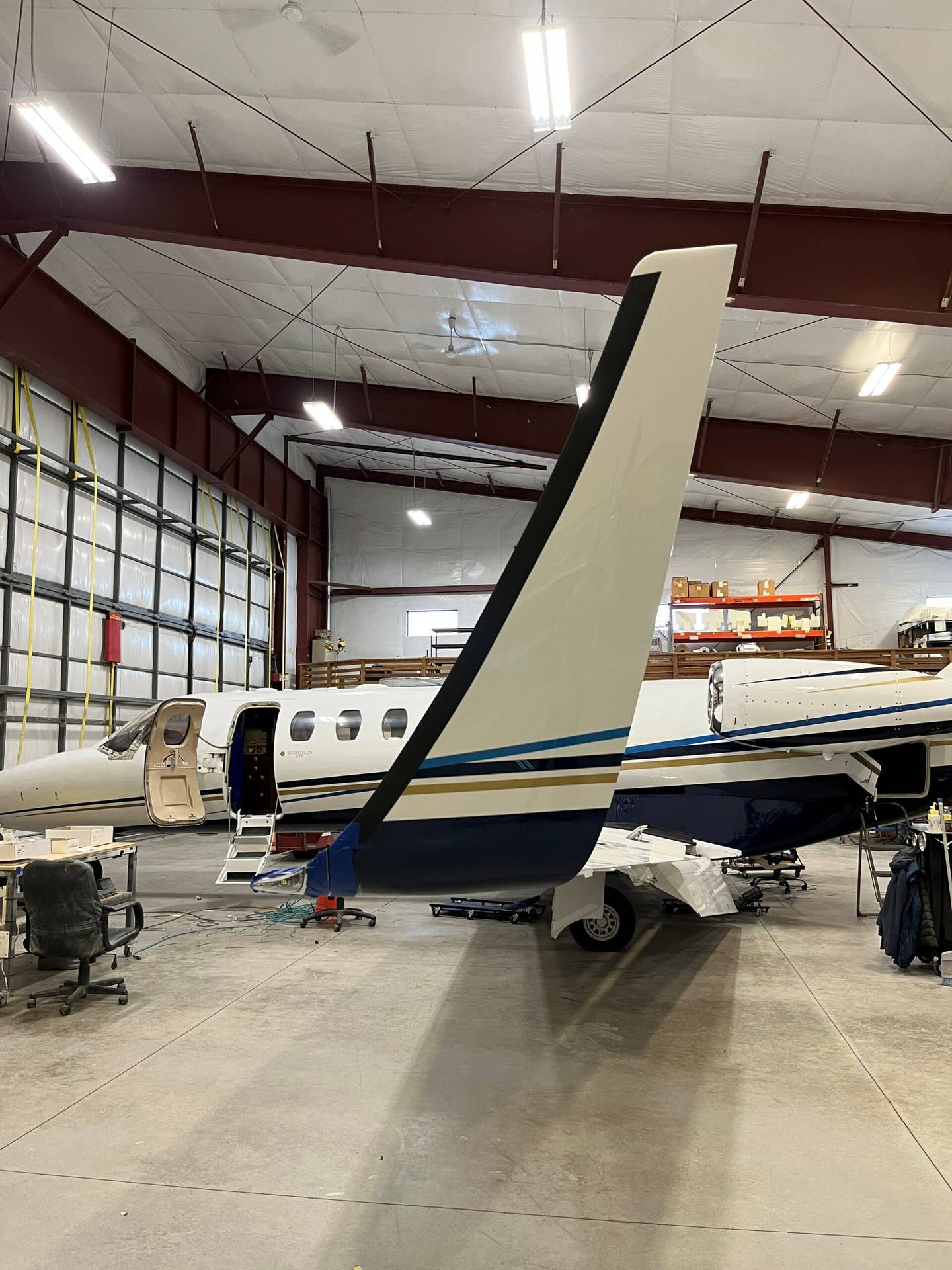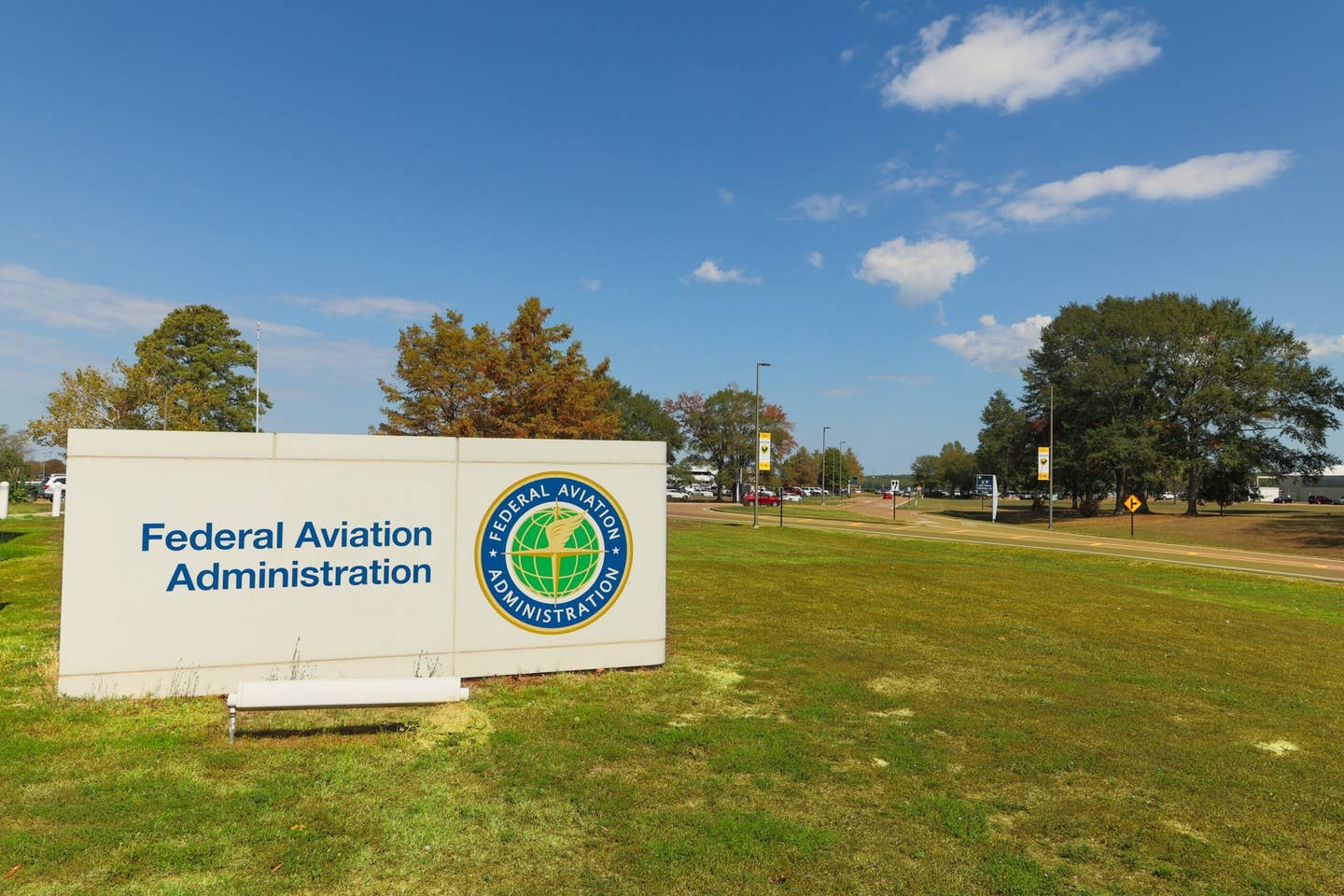Report Released on CJ3 Event Over Gulf Involving Loss of Winglet
The NTSB found no fault with the Tamarack Active Winglet installation on the Cessna CitationJet.

The Atlas active winglet installation on the Citation CJ3 includes a wing extension, active camber surfaces, and control units. [Courtesy: Tamarack Aerospace]
A Cessna Citation CJ3 en route from Walnut Ridge, Arkansas, to Page Field in Fort Myers, Florida, suffered an accident during a “cruise descent” from altitude over the Gulf of Mexico, in which a modification on the jet’s left wing and the left-hand aileron were damaged following what may have been an unknown impact.
In the preliminary report released on April 5 by the National Transportation Safety Board, the agency related the following.
“The pilot reported that while in a cruise descent at an altitude of about 30,000 ft, and about
1815 [EDT], he felt two ‘big jolts.’ He felt the airplane yaw, looked at the engine instruments, and noted no anomalies. After that, he looked out the left side window and noted that the left winglet had separated from the wing. He looked out the right side window and saw the right winglet. He elected to disconnect the autopilot, reduce engine power, and declare an emergency.
The report went on to state: “The pilot performed an emergency landing at Tampa International Airport (KTPA), Tampa, Florida, without issue. Furthermore, he stated that there were no flight control anomalies, but that there was some ‘binding’ of the ailerons on final approach. He also added that he was in visual meteorological conditions at the time of the accident and the flight was ‘smooth’ until the ‘big jolts.’”
No Indication of Winglet Failure
The CJ3 had been modified with Tamarack Atlas active winglets in December 2022, with subsequent replacement of the system’s active camber surface control units (TCUs) after the pilot received fault alerts from the TCUs. The report noted, “The pilot did not report any flight characteristics anomalies associated with the fault alerts. In each instance, the pilot opened and reset the circuit breaker to the system which cleared the faults, and subsequently landed the airplane without issue. There were no further anomalies reported after the TCUs were replaced.”
After landing following the event, the CJ3 was inspected for damage related to the inflight issue. “Postaccident examination of the airplane revealed that the left wing extension and the left aileron were substantially damaged,” said the NTSB in the report. “The left wing extension, winglet, and TACS were all missing except for approximately 28 inches of the leading edge of the wing extension. The left aileron had an impact mark on the bottom side of the trailing outboard edge and was buckled and pressed up, with chipped paint.”
Examination of the remaining components of the system found no anomalies, and the Atlas system circuit breaker was not in the open position. A functional test offered no further issues.
The event was classified as an accident because, under NTSB 830, if an aircraft receives “substantial damage” while in operation, further defined as “damage or failure which adversely affects the structural strength, performance, or flight characteristics of the aircraft, and which would normally require major repair or replacement of the affected component.”
The aircraft has been released for repair and return to service.

Sign-up for newsletters & special offers!
Get the latest FLYING stories & special offers delivered directly to your inbox






